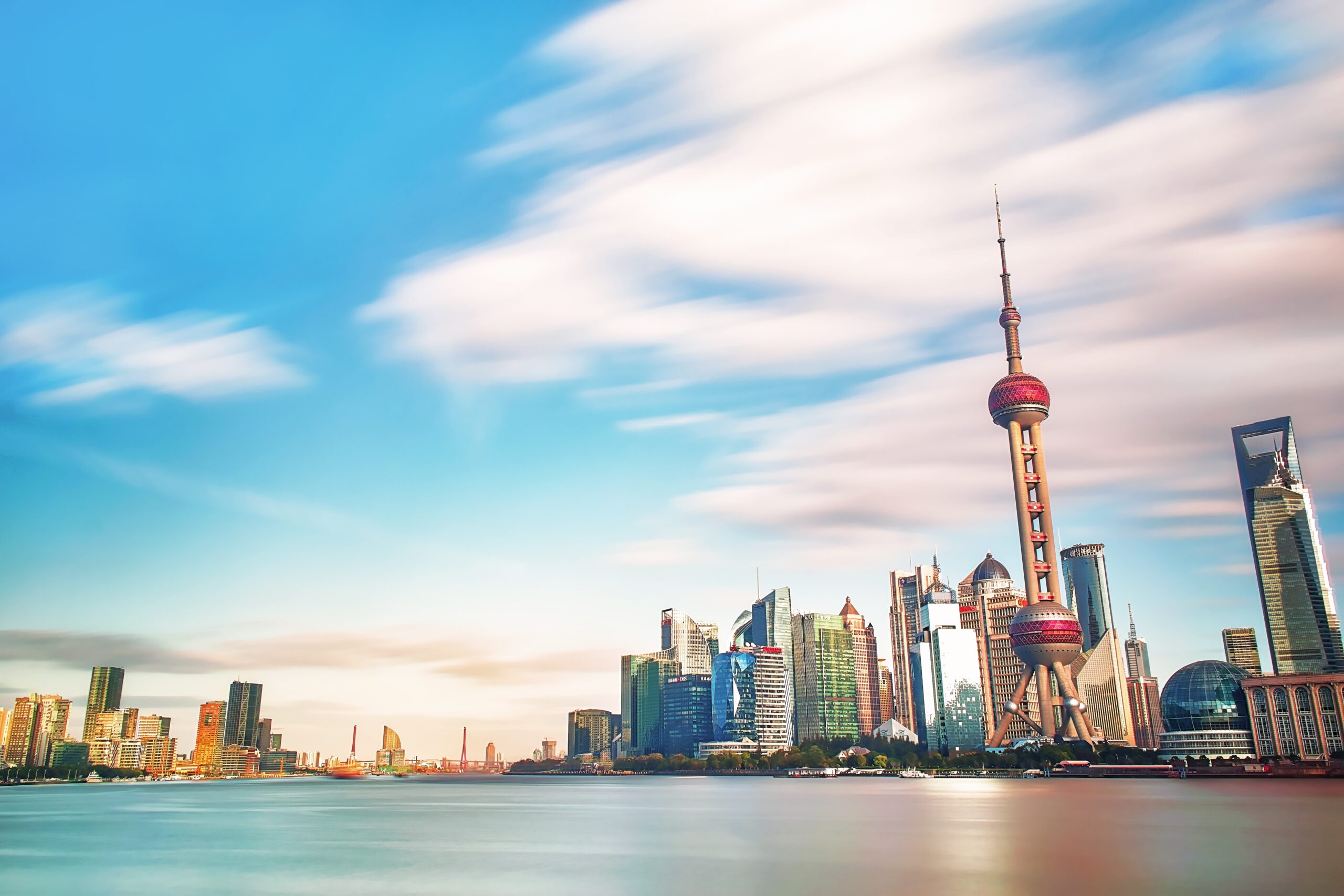For many years, China has struggled to reduce carbon emissions given that it is the world’s largest emitter. So, as part of its efforts to cut emissions, it has come up with numerous plans related to climate goals. In one of its plans, it has set out to pursue an ambitious plan to produce and use green hydrogen on large scale by the year 2025. To achieve this, various projects are currently underway targeting the sectors that contribute greatly to the emission of greenhouse gases.
In a recently released report, China’s National Development and Reform Commission (NDRC) announced that massive hydrogen production plants are under construction. With these projects, the country targets to produce up to 200,000 tonnes of green H2 per annum. All these will be from renewable energy sources to help curb emissions which in the recent past have been reaching levels not witnessed in the past. Green hydrogen production is not, however, the only option for China. It also plans to have, at least, 50,000 vehicles on the road powered by hydrogen fuel.
One of China’s greatest challenges regarding emissions has been striking a balance between its energy security and achieving climate goals. The major sectors that could help finally strike a balance if fully decarbonized are the industrial and transportation sectors. It is for this reason, that most hydrogen production plants underway target these sectors.
Hydrogen remains a promising source of energy for many reasons. First, it exists in abundance and can be produced sustainably using clean methods that can help reduce the emission of greenhouse gases. The best production method is through the hydrolysis of water. When it is done, especially using power from renewable sources such as wind and solar, it helps reduce emissions tremendously. The creation of hydrogen from other sources such as coal and natural gas is discouraged since it still does not solve the problem of emissions. That means the successful transition to the use of hydrogen will depend on many factors, including the availability of renewable sources of energy to support hydrogen production.
At the moment, China is among the leading producers of hydrogen. Every year, it produces 33 million tonnes. While such an amount of hydrogen is great, a great proportion of it comes from natural gas and coal. Some amount also comes as a by-product of some industrial processes. That means part of the huge carbon emission made comes also from hydrogen production. So, part of China’s initiatives is to reverse the process by producing hydrogen through water electrolysis powered by clean energy.
Some of the largest Chinese companies have also shown interest in exploring hydrogen as an alternative to fossil fuel sources. They include Baosteel, GCL, and Sinopec, among others. What they are doing is to expand their production activities to include the production of hydrogen using renewable energy sources. With such a trend, there is no doubt that carbon emissions will reduce now and in the coming years holding all other factors constant.



